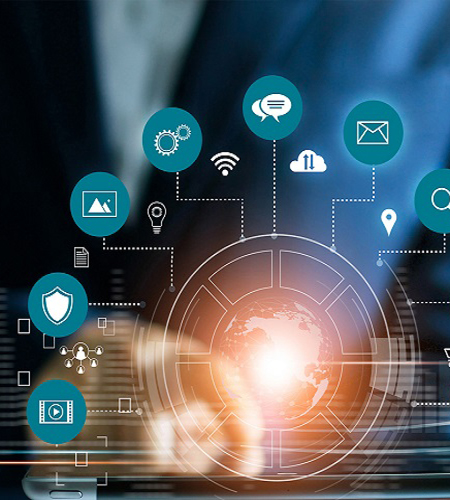As 5G networks expand, edge computing will become increasingly important. By processing data closer to the source, edge computing reduces latency and improves the efficiency of data-intensive applications. This will be critical for supporting real-time analytics, autonomous systems, and other latency-sensitive use cases.
Governments, technology companies, telecommunications corporations, and other stakeholders will need to work together to deliver 5G. Coordinated efforts and public-private partnerships will be necessary to solve infrastructure deployment, new application development, and regulatory challenges. Making sure 5G networks are sustainable will be essential as they expand. To lessen 5G’s negative environmental effects, initiatives to cut energy use, recycle electronic waste, and create environmentally friendly technologies will be required


